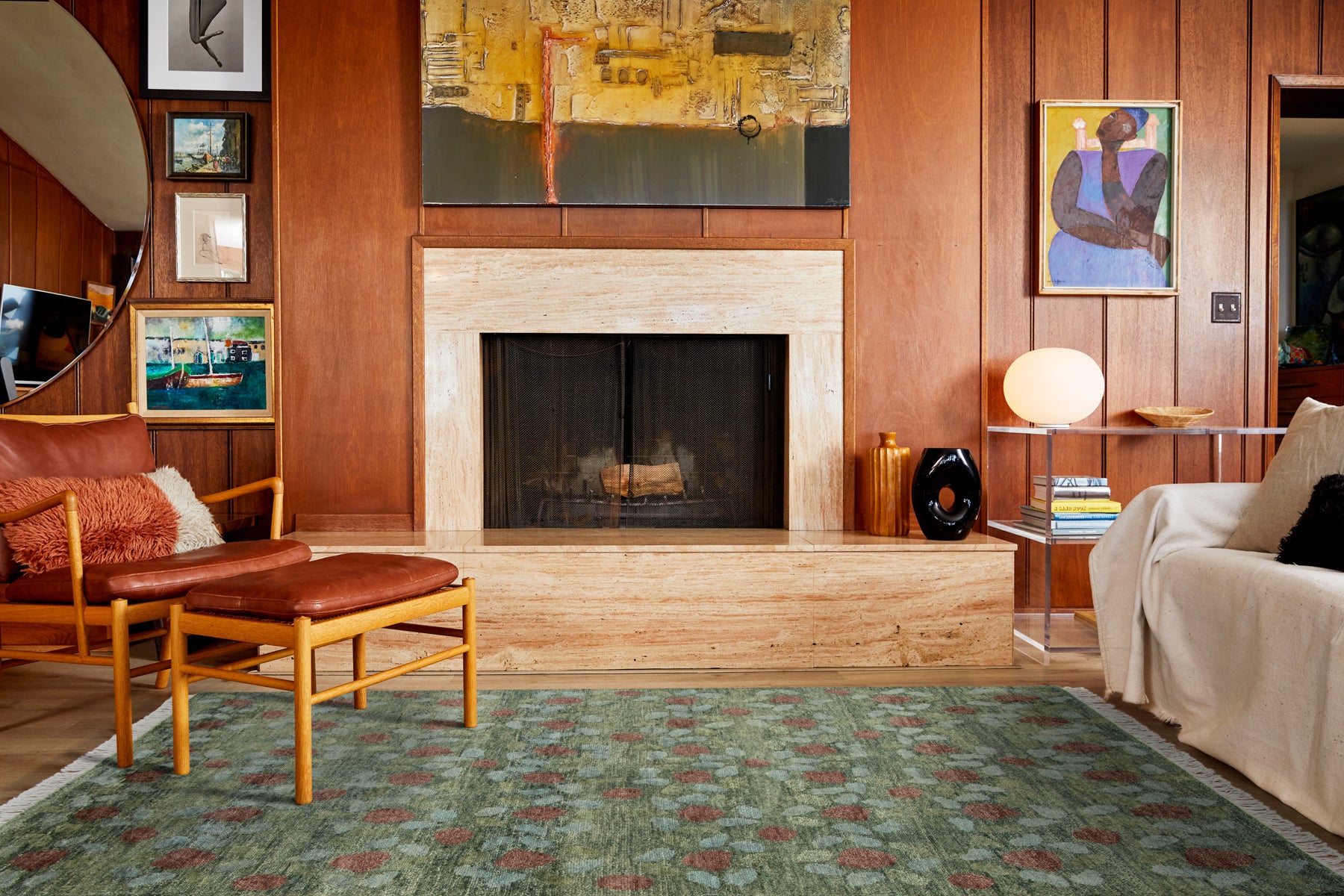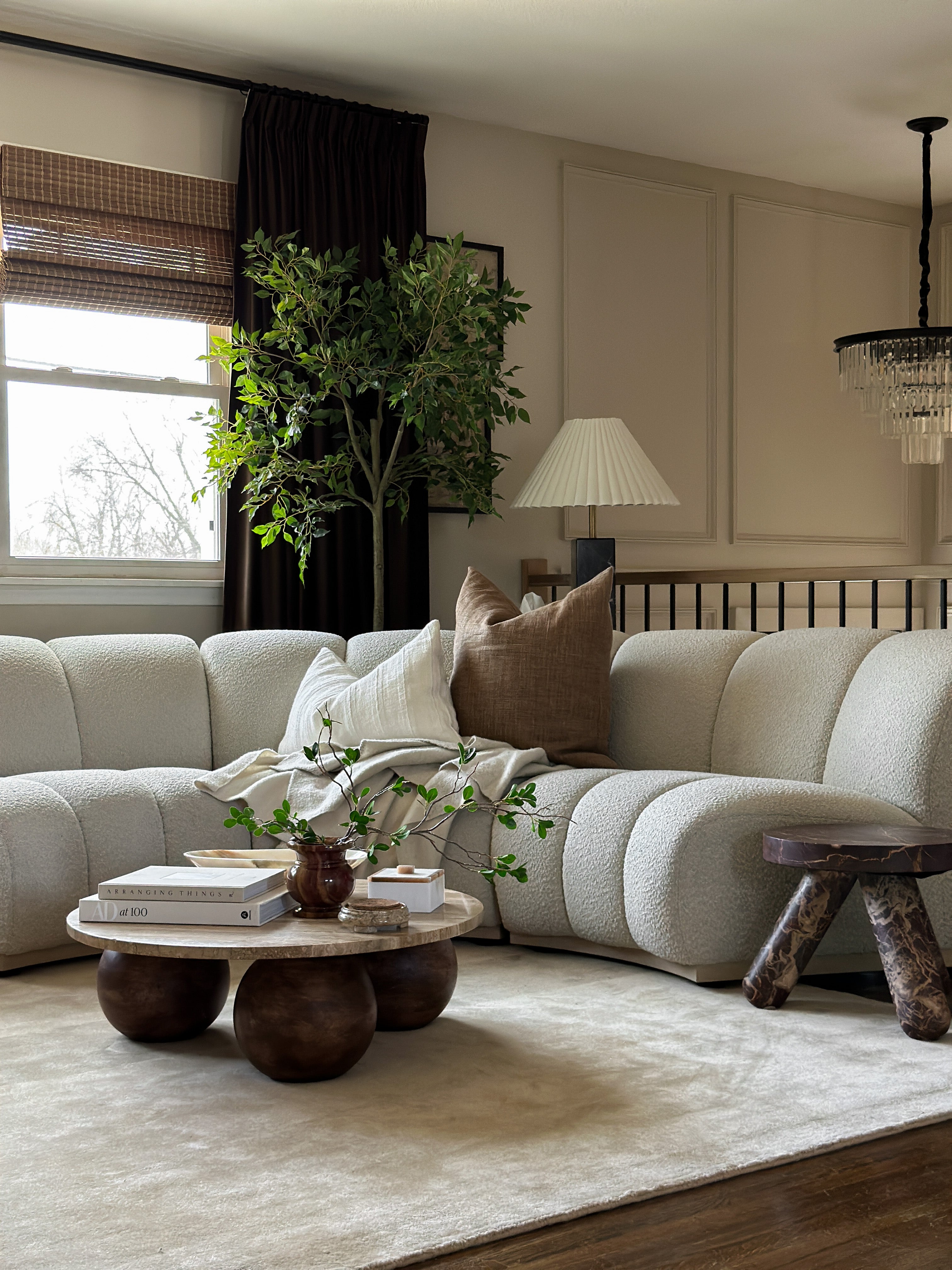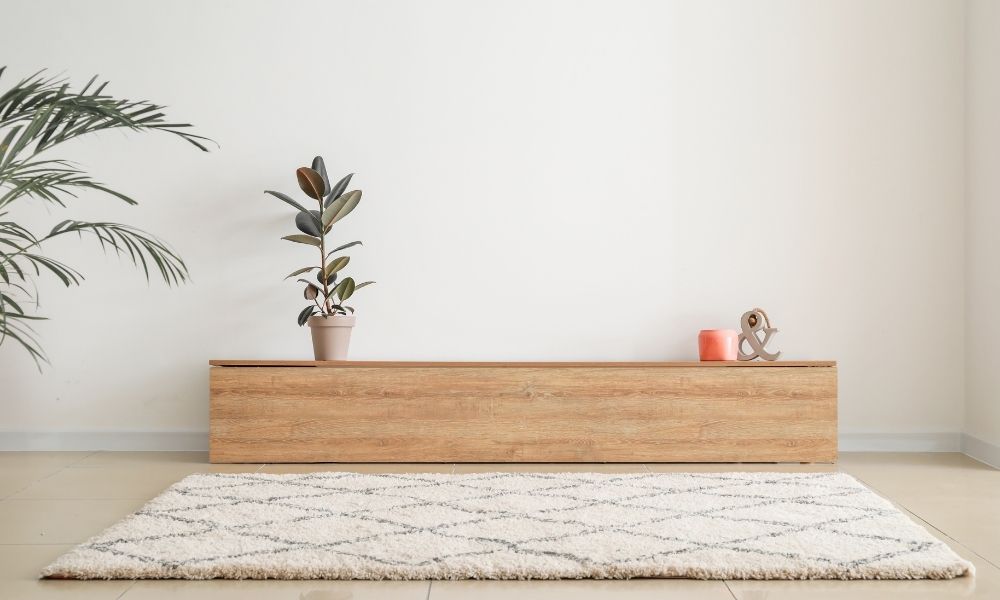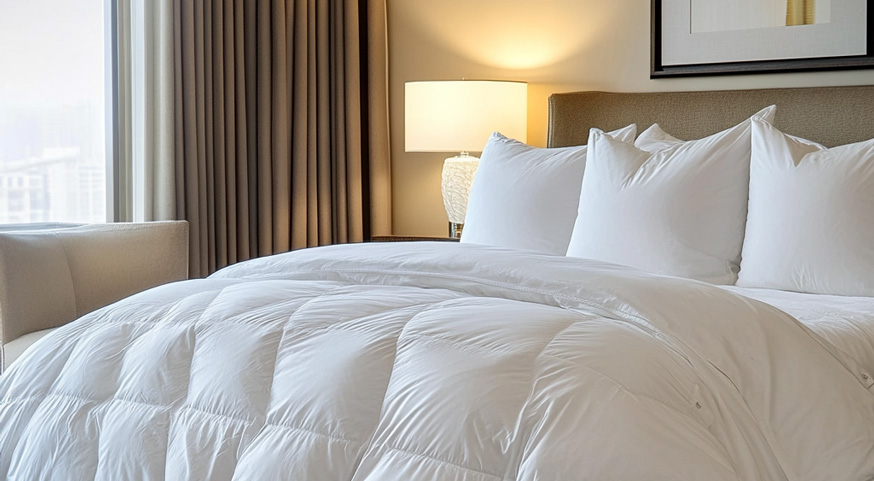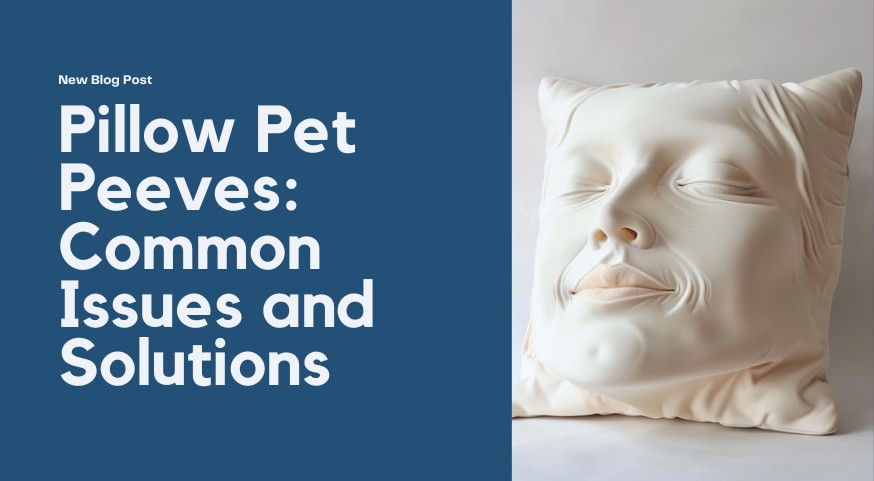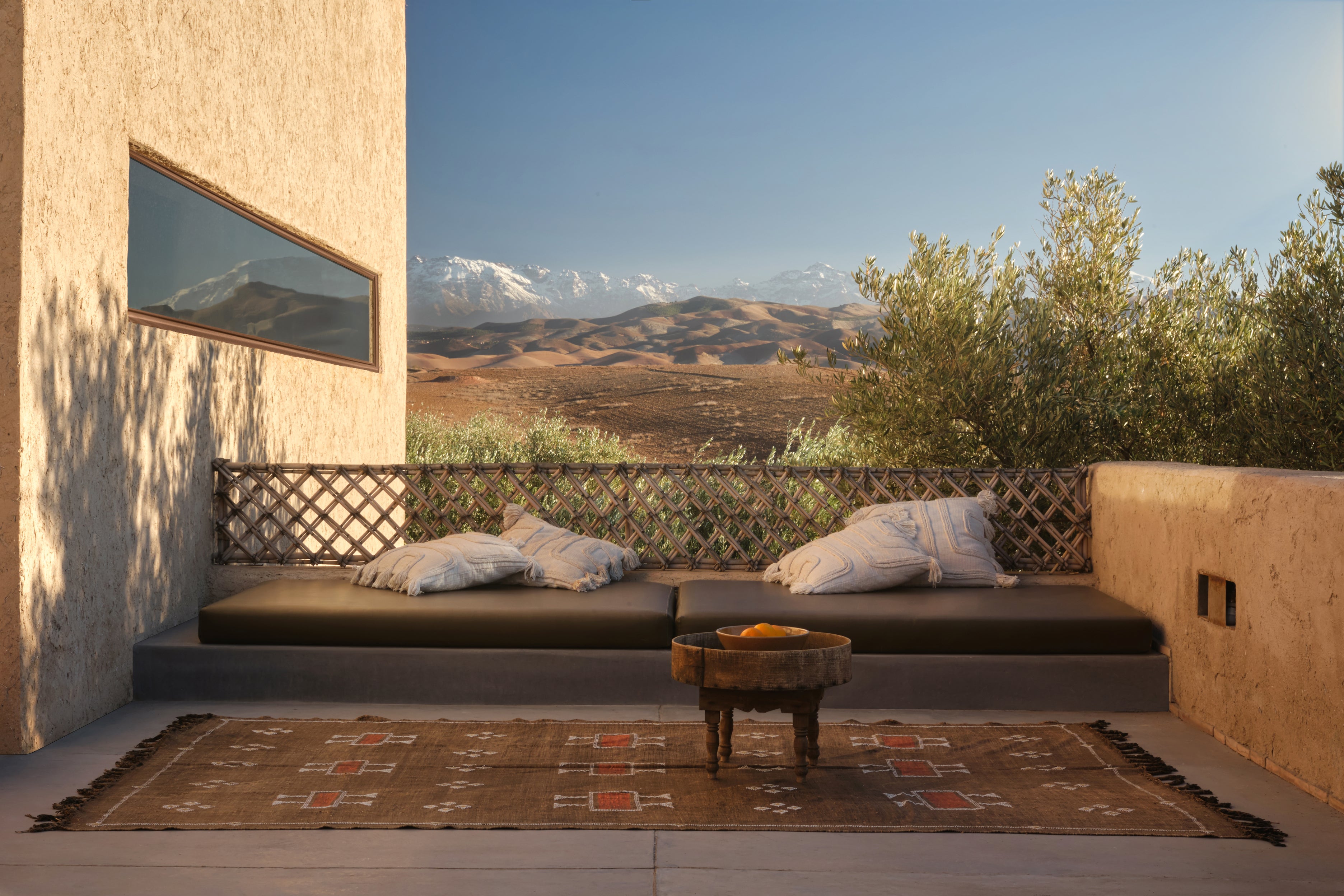

At First, we were delighted with the concept of “sabra silk.” Actually, what’s not to like? It’s artisanal, vegan, regional, and, certainly, gorgeous. However when we began to consider the backstory of the fabric, our searches on a few of the country’s biggest and most prominent collections (plus our very own experience collaborating with regional craftspeople) showed up practically absolutely nothing.
We maintained striking barricade after barricade– up until we check out The Anou’s blog post regarding their trip right into the beginnings of “sabra silk” and their final thought that representatives in Morocco remained in truth marketing rayon imported from India and Spain. They also presumed regarding locate the tiny town beyond Marrakech that was, by all accounts, the resource of “genuine” sabra that was utilized for carpets and cushions– just to locate that it was not the website of big cactus ranches however instead the area of greater than 100 weavers and representatives of sabra item. When The Anou’s group talked with these weavers and representatives, they were, to everybody’s shock, honest regarding their use imported rayon for their fabrics!
The Anou’s group also went one action better, checking the fibers and validating its rayon structure. And lastly, they tried to essence fibers from the sabra cactus complying with comparable methods utilized on various other cactus or delicious plants that are the resource for conventional fibers in position like Mexico, the Philippines, and Algeria– fruitless. They kept in mind that it’s not also clear if sabra fibers are solid sufficient to be utilized for fundamental rope, not to mention an entire pillow case or carpet.

Their silken shine and variety of shade schemes imply they operate in both minimal and maximalist style, and many thanks to their artificial fibers, they’re wonderful in high web traffic locations like a kitchen area, entrance, or dining-room. However to be sincere, we locate them to be so magnificent and masterfully crafted that we would not place it past you if you hung them on the wall surface as art; nevertheless, they’re a tale in and of themselves.

